9-11/9/2020. When the virus came calling, we all took cover at home. Going overseas was still off-limits, but domestic travel was free to go. I started from Kuala Lumpur, heading northward first, to try to cover as many states as possible. I was driving, still solo, this time, this being home ground. My first overnight stop was Ipoh, the third-largest city in Malaysia. I took the highway to Slim River, the first town outside my home state. Then I followed the old trunk road onward to Ipoh. It was the highway or my way. The trunk road was my way to see more.
Along the way, I passed small towns like Bidor, Tapah, Kampar, and Gopeng. These used to be boom towns thanks to the Chinese immigrants who came a couple of generations ago to make their fortune. I made it a point to stop to see the old shophouses that mushroomed along the trunk roads those good years. The Chinese characteristics were still there, but I could see these dying a slow natural death. Alas.
The interstate buses would stop at these pit stop towns to let passengers relieve themselves and refill. As chance would have it, I was standing at a street junction at Bidor, suddenly in the deepest recesses of my brain, tucked away for decades, a flashback to my childhood. Buses of passengers would jostle during the brief stop to have the famous duck noodle dish at this coffee shop. I could only salivate—I was then tiny and poor. The shop and the road that runs in front of it had remained exactly the same. Now, sitting in this coffee shop, I ordered the duck noodle dish I could finally afford. Even the duck noodle dish had not changed. This place and everything around it had been waiting for the return of the prodigal son. No, I did not feel sorry for my childhood. I felt for many who had to go through it. I did not expect this memory to be replayed, but when it was, it was surreal, it was emotional. Without memory, we have nothing.
9-11/9/2020 疫情来袭时只能乖乖呆在家里梦游。出国旅行封了,但国内旅行放行了。我开始由吉隆玻北上,打算走遍全马。这次自驾,因为这是自家后院,我是这里地头蛇。沿旧主干道,路经几个小城镇美罗,金宝,打巴,务边。
第一晚先到霹雳州的怡保,全马第三大城市。两代前华人移居到此扎根,梦想挖到一桶金,却挖到一桶锡,橡胶。曾经风光一时, 现在隐退, 华人文化犹存,但我看正在陨落,今非昔比。
路经美罗时,在一个干道的交叉口,站在角落的咖啡店前,漫无目的看街景,觉得有点眼熟,顿时勾起依稀记忆。忽想起几十年前州际巴旅按时在这些主干道的城镇让乘客下车休息补给,大家蜂拥挤到店里吃远近驰名的鸭面,我只能眼巴巴看着鸭面流口水。那是几十年前的事了,我当时还是小孩,也穷得可怜。于是几乎激动的咖啡店坐下来,一切如旧,几十年错过的鸭面今天重逢,今天买得起鸭面,也是一个成就。鸭面真的也很棒,那鲜美的炖汤真的回味几十年。吃着吃着, 虽没泪水下汤,内心百感交集。多少年来, 多少经历,今天安然无恙,幸有回忆,没虚度此生。

Malay house in Slim River 马来风格房子 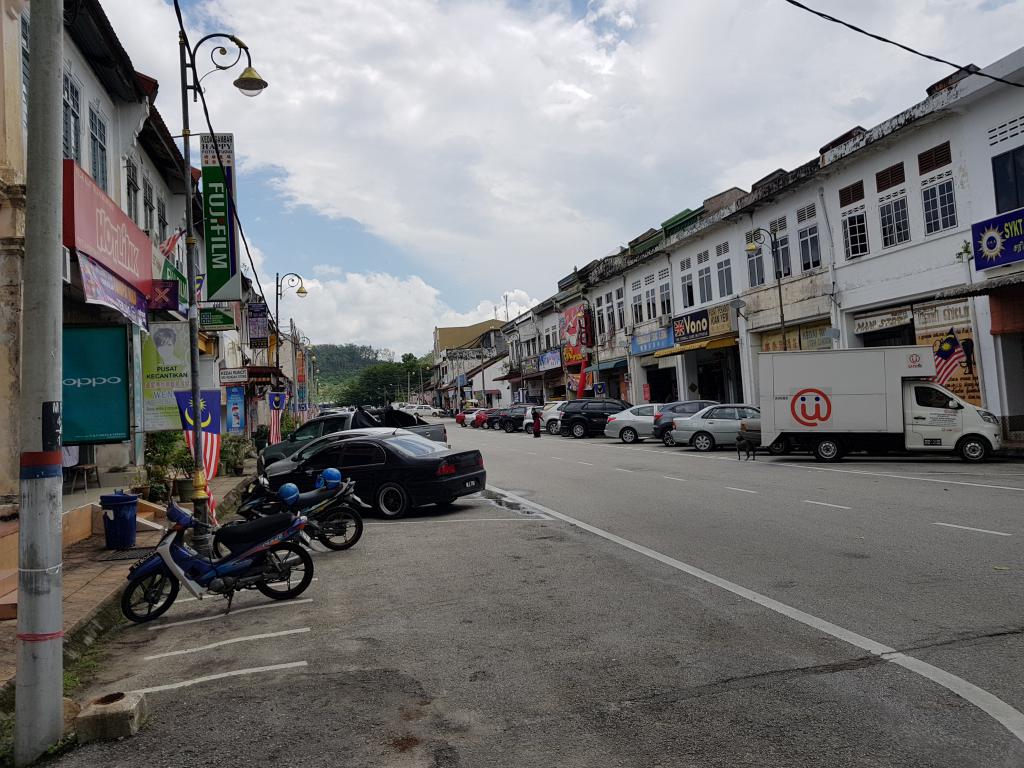
Slim River 镇 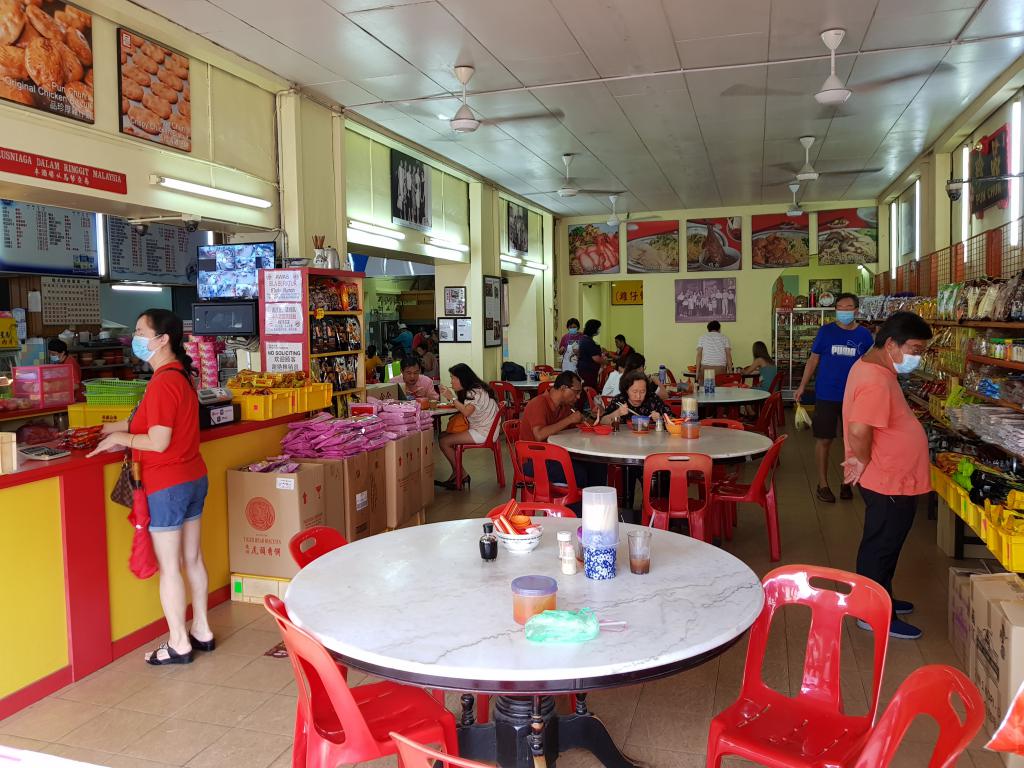
Duck noodle coffee shop 卖鸭面咖啡馆 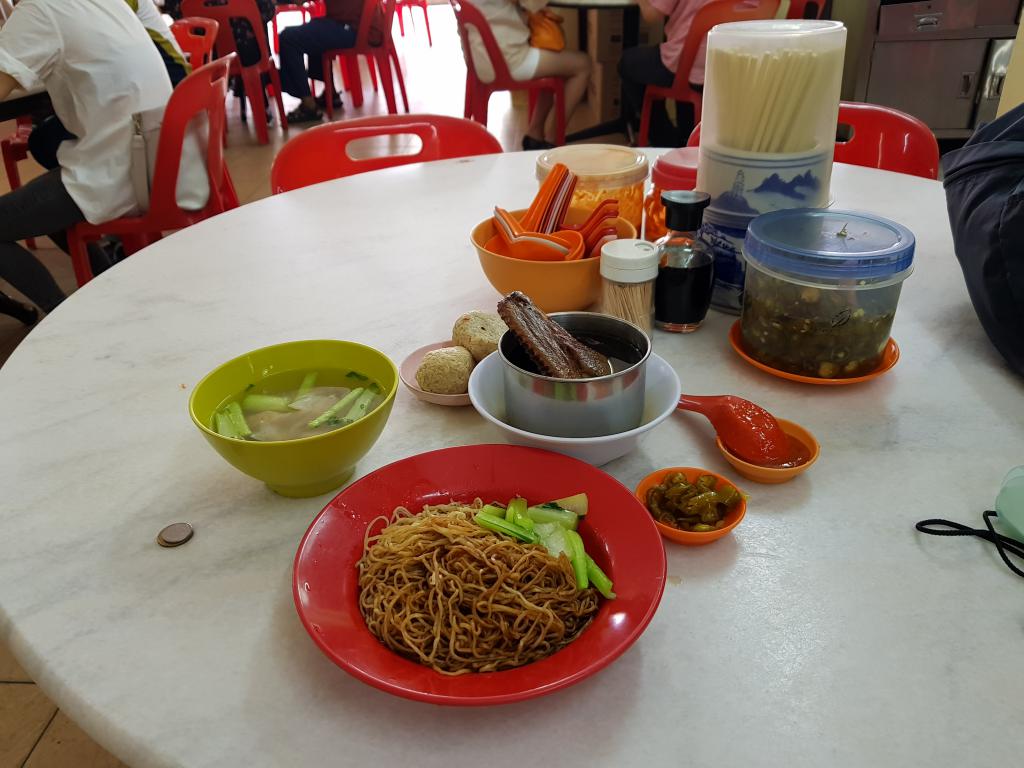
Duck noodle 鸭面 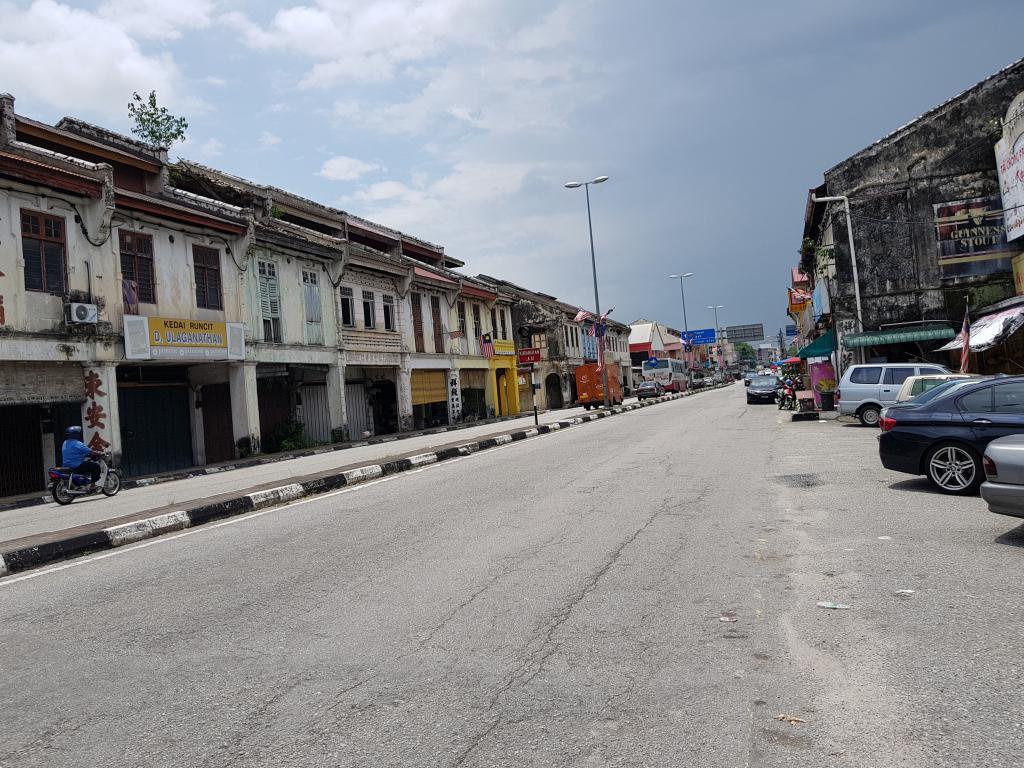
The old Chinese shopping streets along the old trunk roads in Bidor 打巴主干道旁的华人老商街 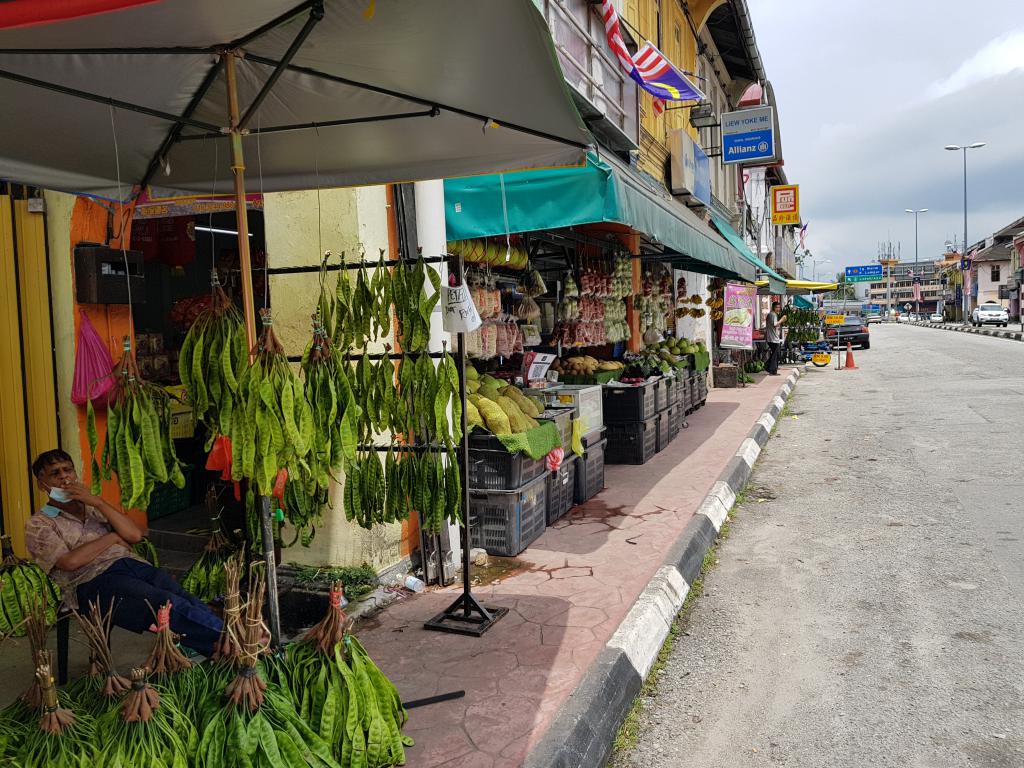
Local produce of Bidor 美罗当地特产 
The old Chinese shopping streets along the old trunk roads in Tapah 美罗主干道旁的华人老商街 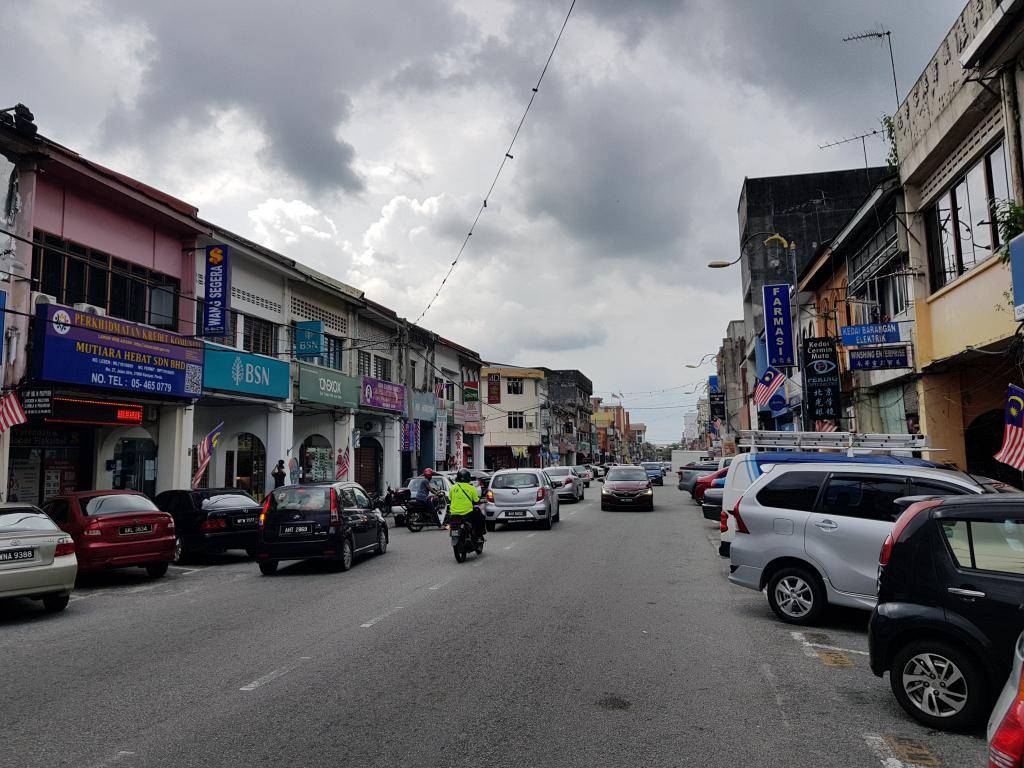
The old Chinese shopping streets along the old trunk roads in Kampar 金宝主干道旁的华人老商街 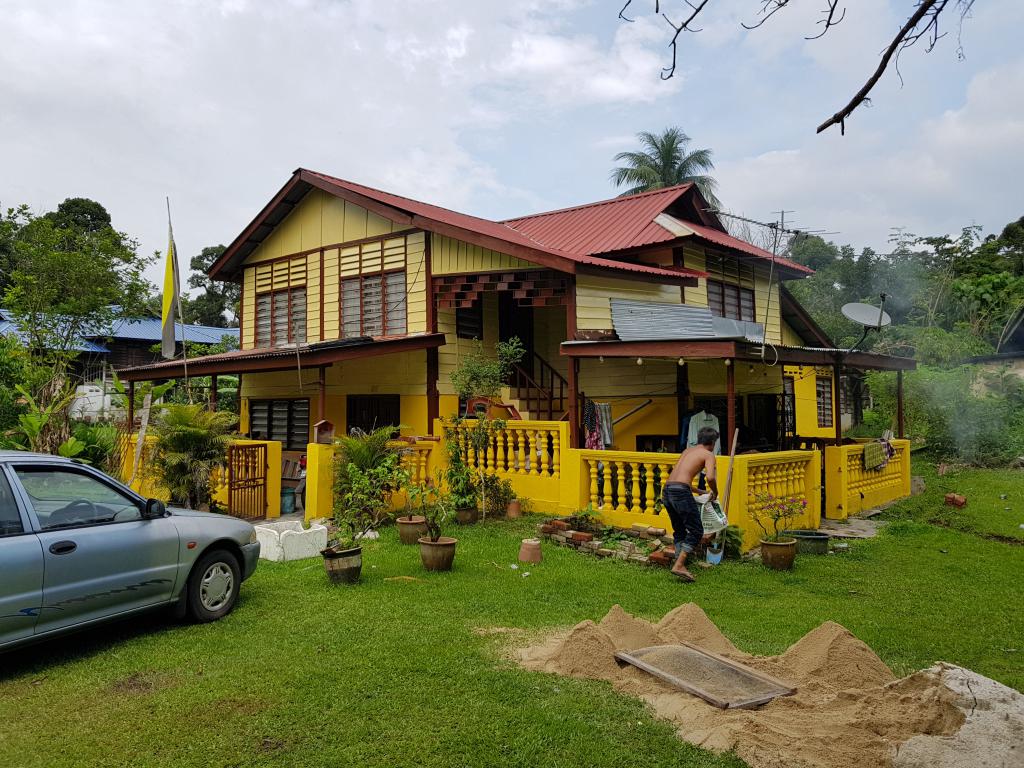
Malay house in Gopeng 务边马来风格房子 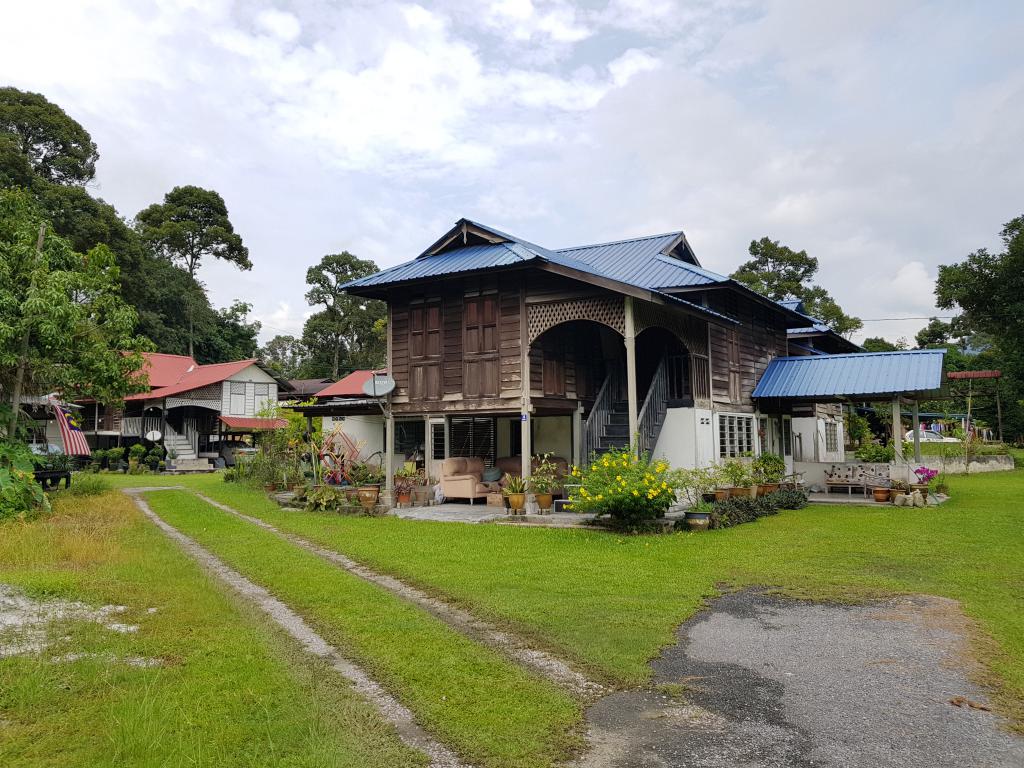
Malay house in Gopeng 务边马来风格房子 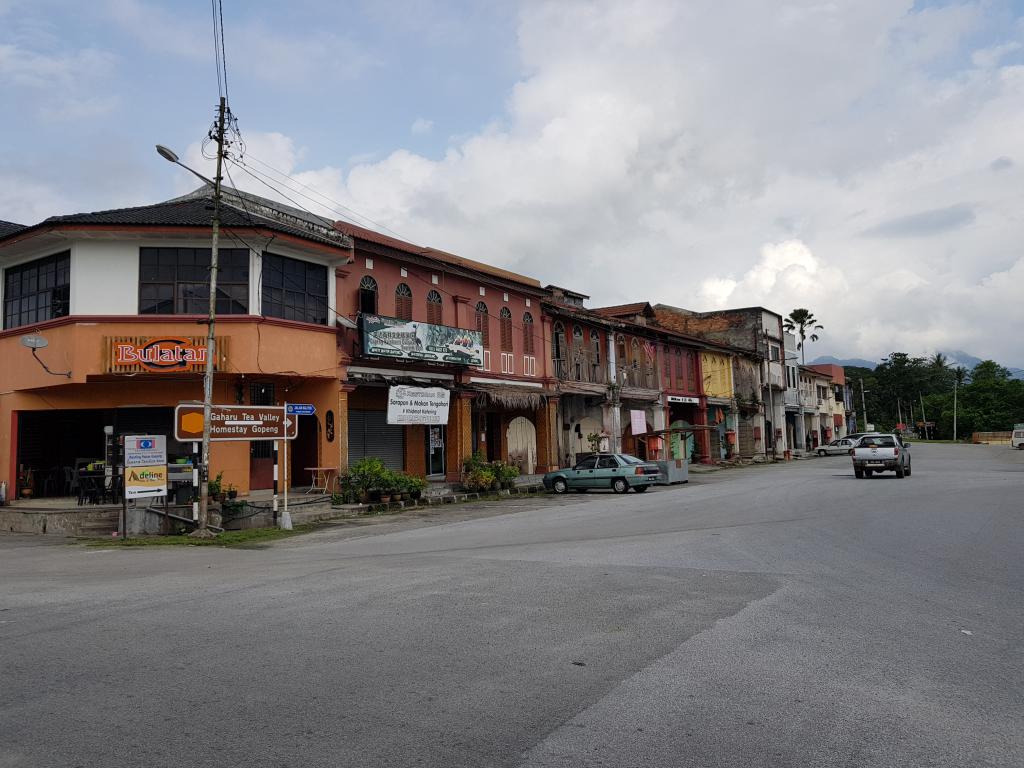
Gopeng 务边 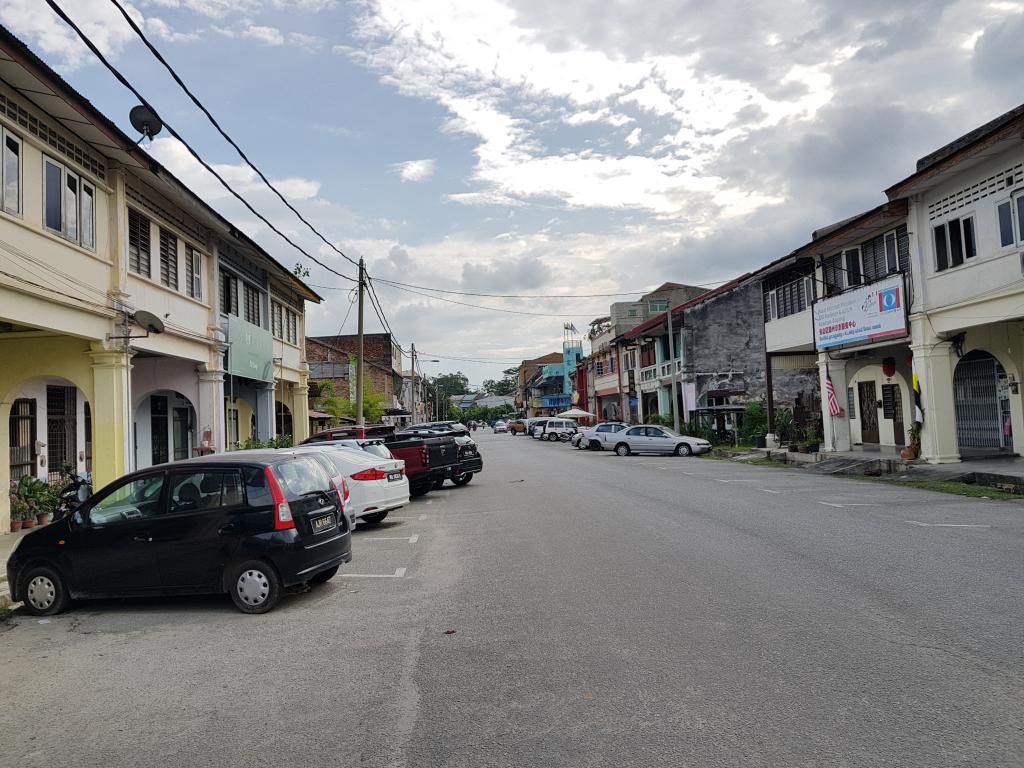
Gopeng 务边
9-11/9/2020. As I drove into Ipoh, limestone hills appeared. Temples were etched into the caves in these limestone hills. Ipoh has a few of these. I visited the Perak Cave, inside of which reside giant statues of Buddha and others for veneration. This was a big cavity with a high ceiling but fully enclosed except the entrance. It is dimly lit, the surfaces natural and unpolished, and the chamber moist with sipping water. In here, the objects of reverence looked out of this world, the perfect ambiance to summon that spirituality from within us. Inside the cave, I climbed to the peak, where a group of monkeys awaited. They looked bored out of their mind, because visitors are few and far between these days. The male meticulously parted, nay, even split, the fur of his female companion, like he was looking for a needle in a haystack, to help her debug, while she caressed him with adoration. What a lovely couple.
Ipoh is very Cantonese Chinese. I am half Cantonese, so I felt naturally at home. The food, of course, was Cantonese. I am not a foodie, but I must join the party. In my two days, I tried fish head noodles, dim sum, salted fish tofu, and, of course, the famous Ipoh bean sprout and fair-skin chicken. I am so proud to be a Cantonese. Yesterday, I was dining at one of the better restaurants, and a man was conversing with his friends normally but loudly. I could hear all sorts of expletive-laden words filled with profanity, and the lexicon was not limited to just four letters. This is a Cantonese art form that no other dialects have mastered. OK, I am not so proud to be a Cantonese.
In the heart of the city, colonial buildings, including the railway station and some government buildings, remained, standing proudly. Mosques, churches, and Chinese and Indian temples are equally visible across the city. Tin mining made this city prosperous. The Chinese wasted no time exploiting it until the commodity’s price collapsed and the lack of new deposits discovered. They also tapped into rubber plantations but this has also had its days. The old Chinese-style shophouses endured, although many were quite run down. Their days appeared numbered.
9-11/9/202 进入怡保迎面而来的是石灰岩山。在山体的山洞镶了庙宇。怡保就有几个这类山洞。我参观了其中一个,霹雳洞。从洞中爬梯到山顶也够吃力的,又没带水,背着电脑像只乌龟爬山真是吃力不讨好。到山顶一群猴子等着,最近生意冷淡,看得出他们也很无聊,看着我好像想看我有什么猴戏可演。他给她抓蚤只,她抚摸他,有点肉麻,但很恩爱,羡慕不已。
怡保华人几乎是广东人。我是半个广东人,所以如鱼得水。当然吃喝也就是广式为主。这两天我吃了鱼头米粉,广东点心,咸鱼豆腐,还有这里特色,白切鸡,豆芽配河粉-全白也是特色。不过,广东菜就是清单中吃味道,这是一绝,没品位可能还吃不出来,所以我做为半个广东人也引以为豪。在一家档次较好餐厅,一位顾客跟他朋友聊天,正常话题但嗓子大,不堪入耳的粗言秽语如珠般不断的播出。这也是我们广东人的一绝。这一点我身为广东人就没那么自豪。
这城市是因为锡旺起来,当时华人蜂拥而至,采其一空。也种植橡胶,后来听说人家人造的更好,也没戏了。这城市有遗留下来的殖民时代建筑,火车站和一些老政府办公楼等;清真寺,印度庙,华人庙宇,基督教堂,各信各的,各占各位; 华人典型的两楼商住房还在,这些本来就是缺乏风格建筑,老了反而散发韵味,但岁月沧桑使老态毕露,形成这城市风貌。
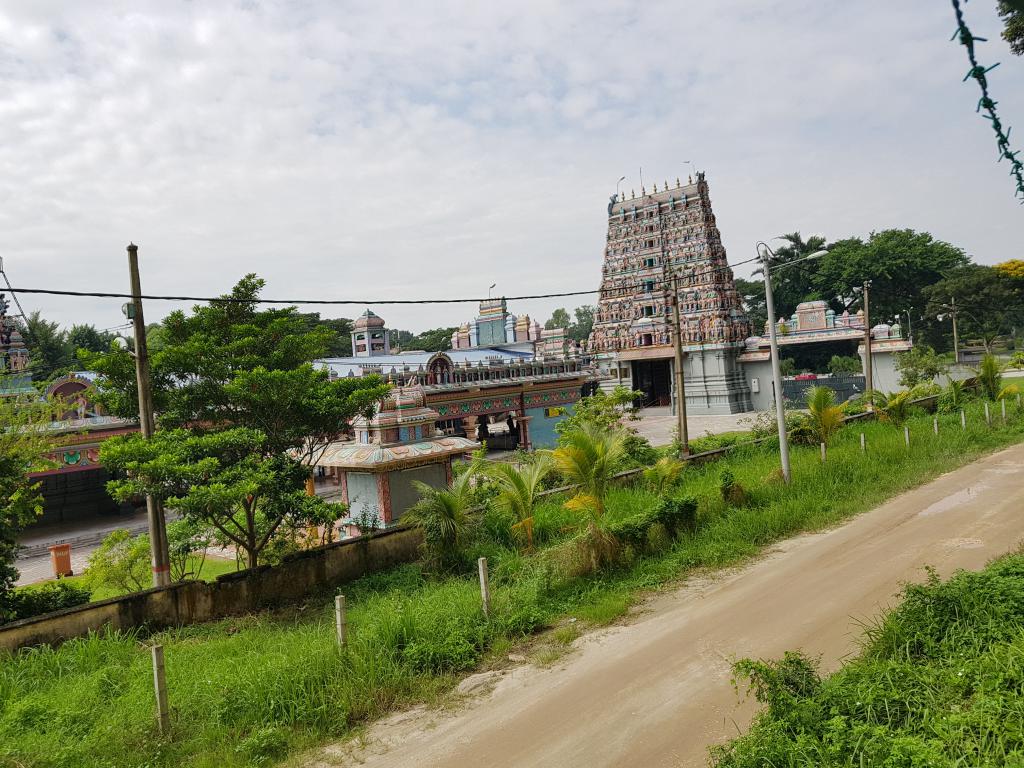
Indian temple 印度庙宇 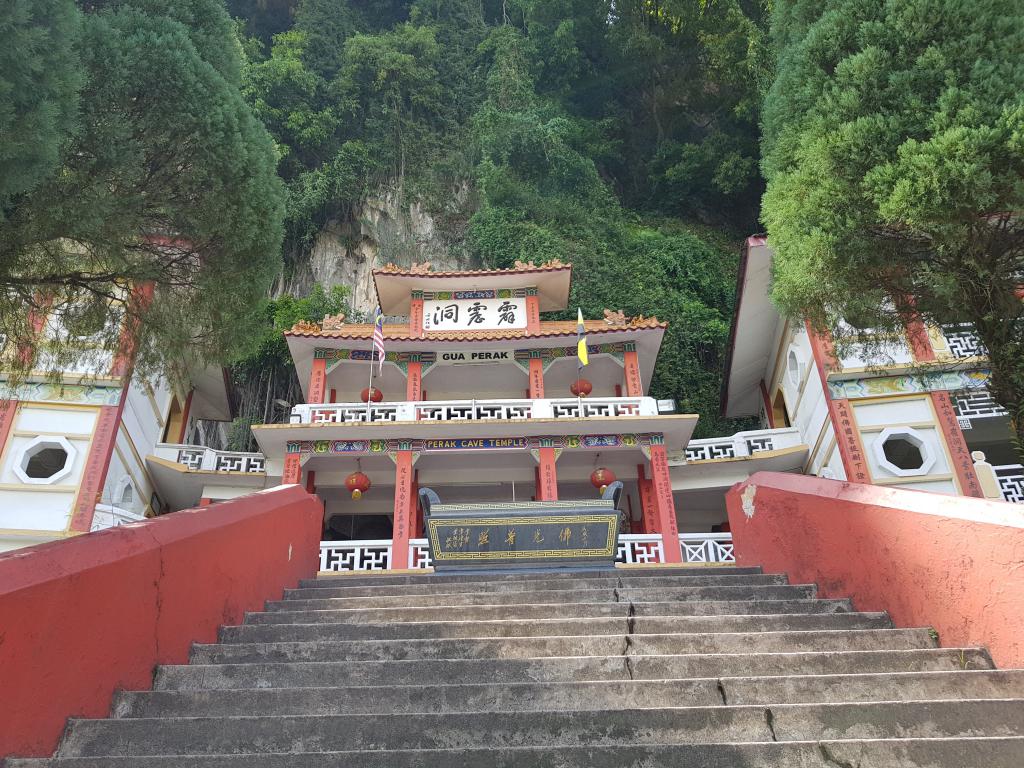
Perak Cave 霹雳洞前门 
Perak Cave 霹雳洞的佛像 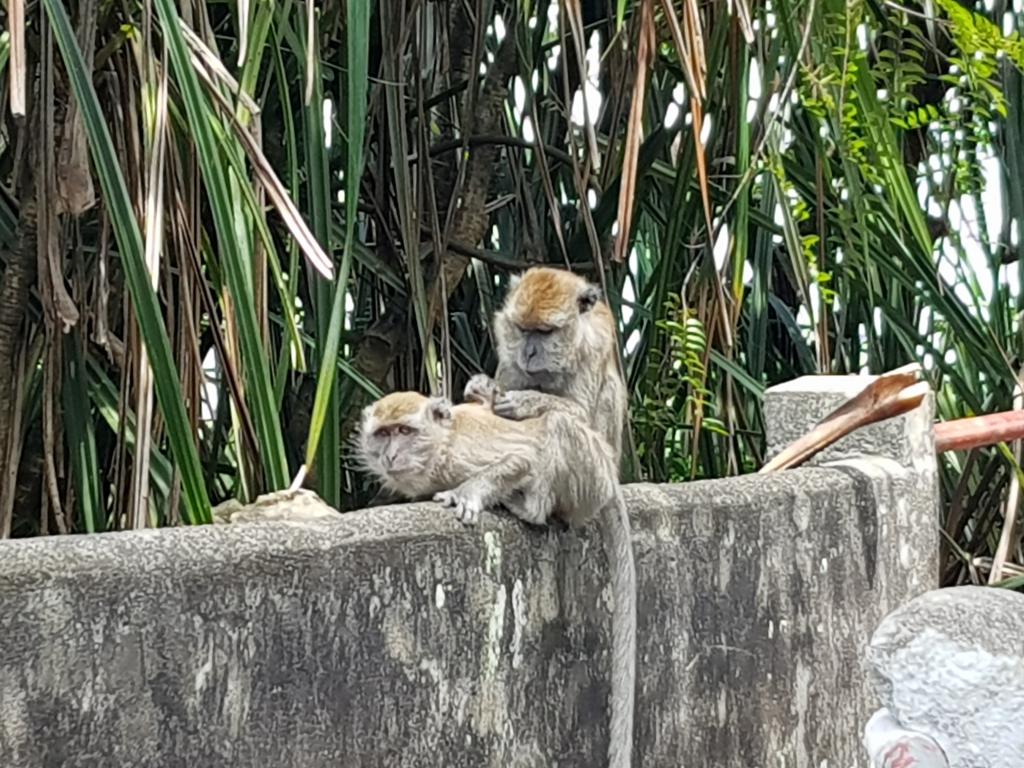
Perak Cave 霹雳洞的恩爱夫妻 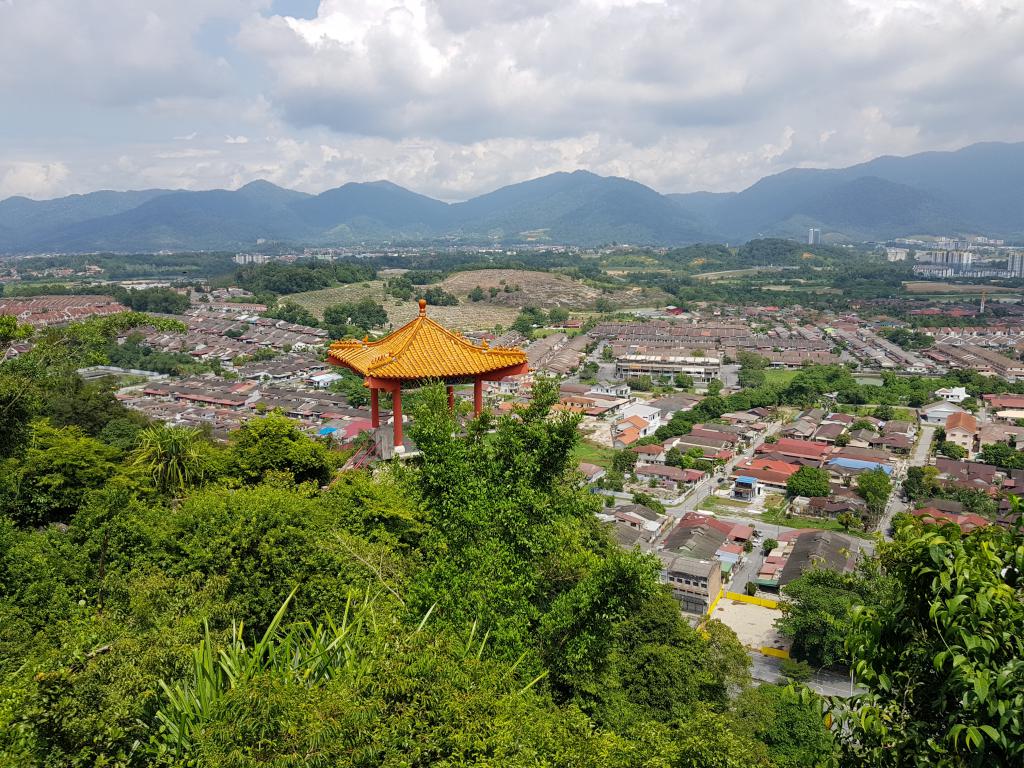
View of Ipoh from atop Perak Cave 霹雳洞山顶鸟瞰怡保市 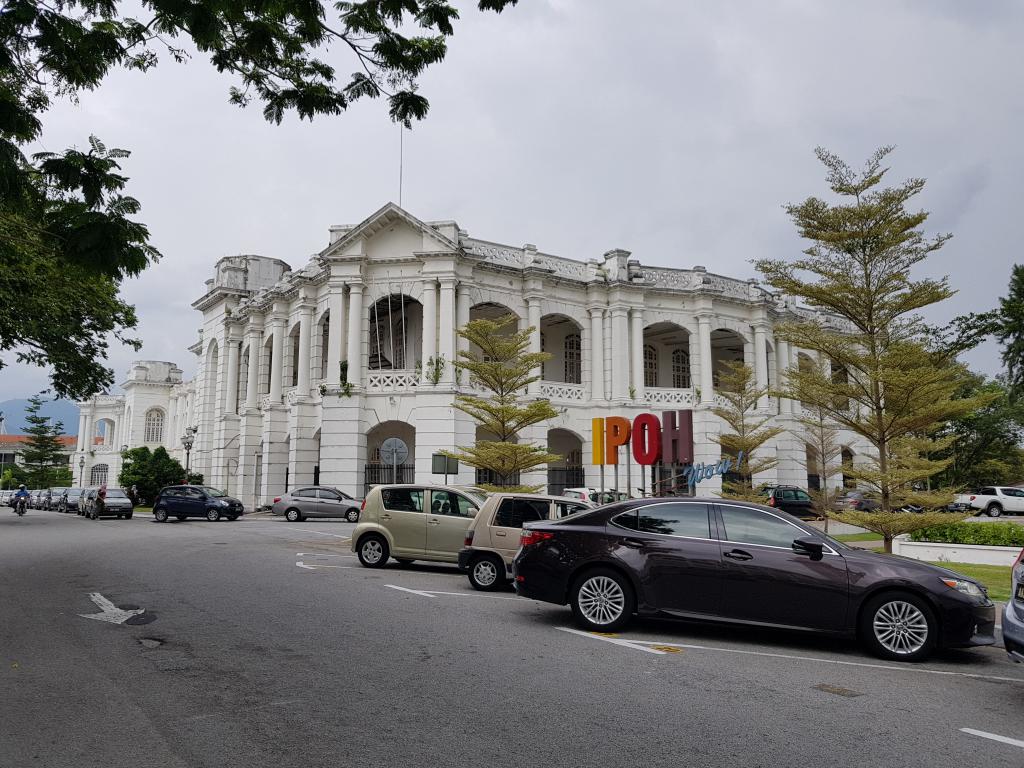
Ipoh Town Hall 怡保市政厅 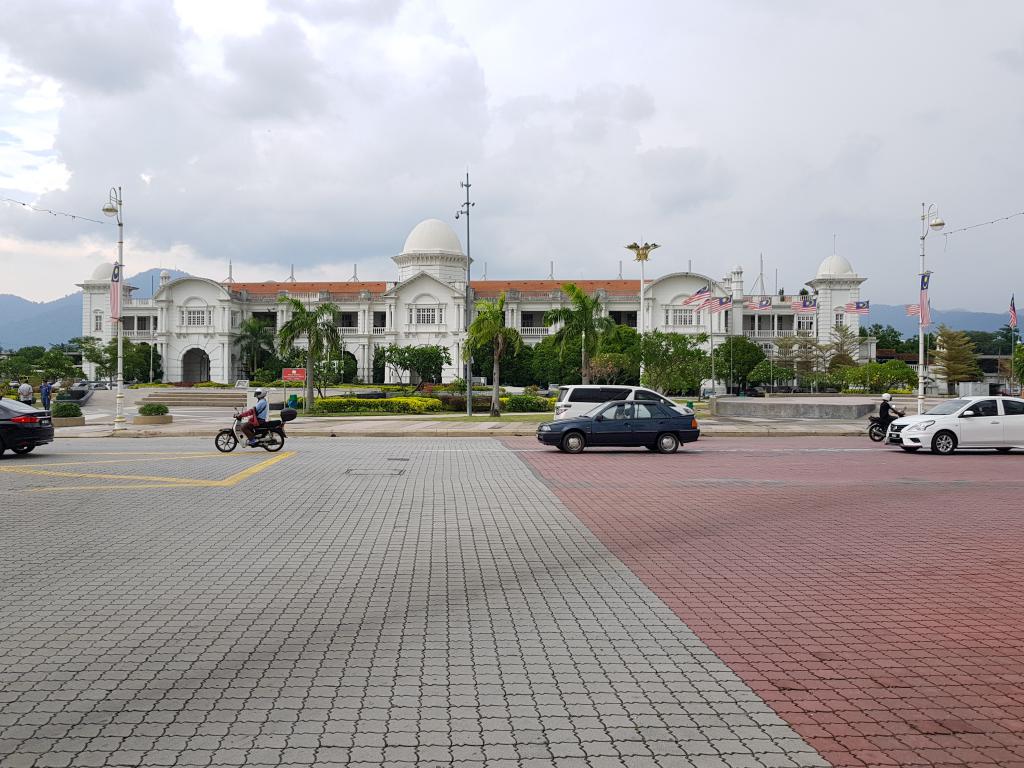
Railway station in colonial style building 殖民风格老火车站 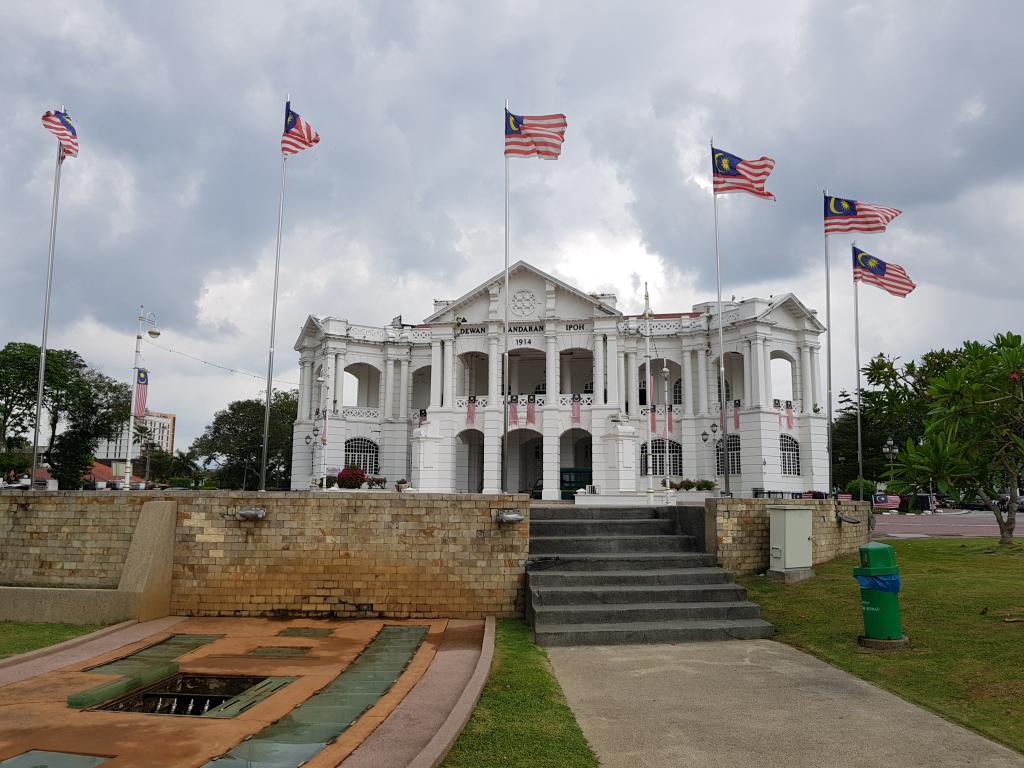
Colonial style court building 殖民风格法院大楼 
Birch Memorial Clock Tower 殖民遗留的地标钟楼 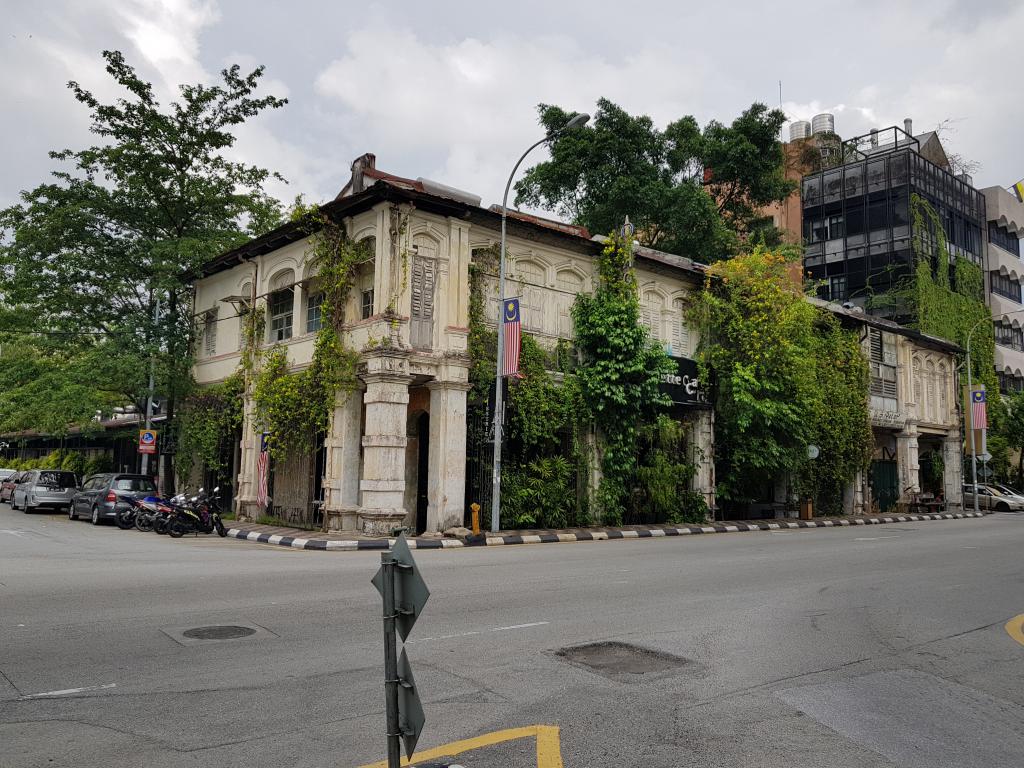
Sad state of old Chinese shop houses 饱经沧桑的华人老商铺 
Ipoh architecture 怡保建筑风格 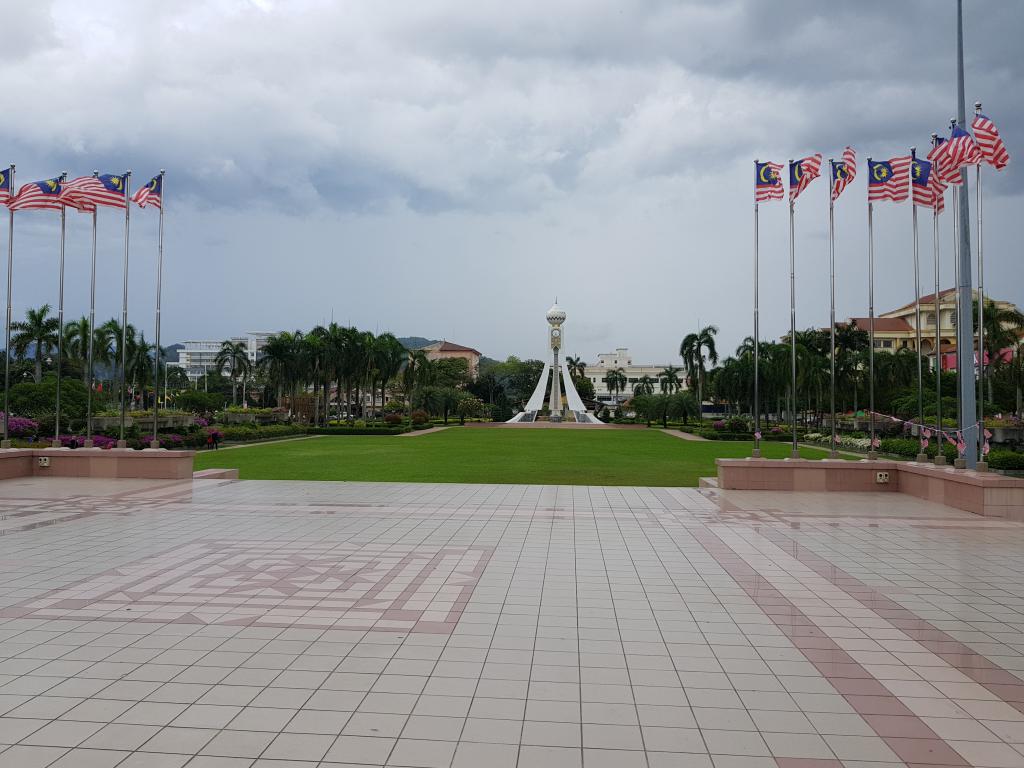
City council square 市政广场 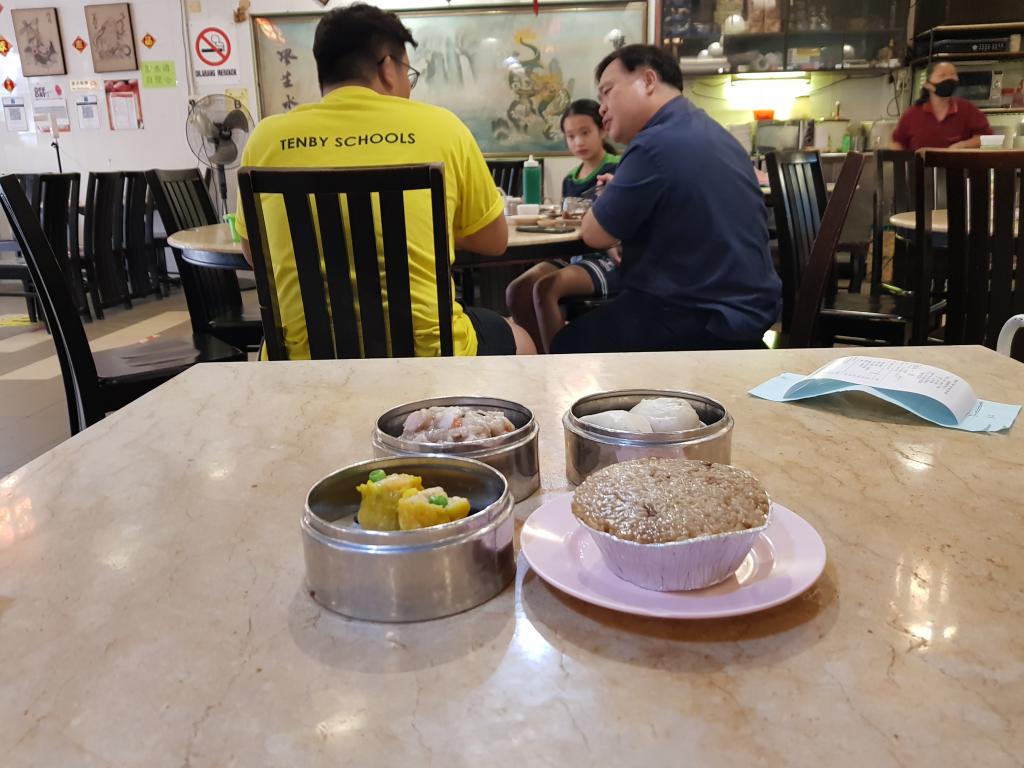
Ipoh Cantonese dim sum 怡保广东点心 
Ipoh famous white chicken and bean sprout rice noodle 驰名怡保豆芽白切鸡河粉 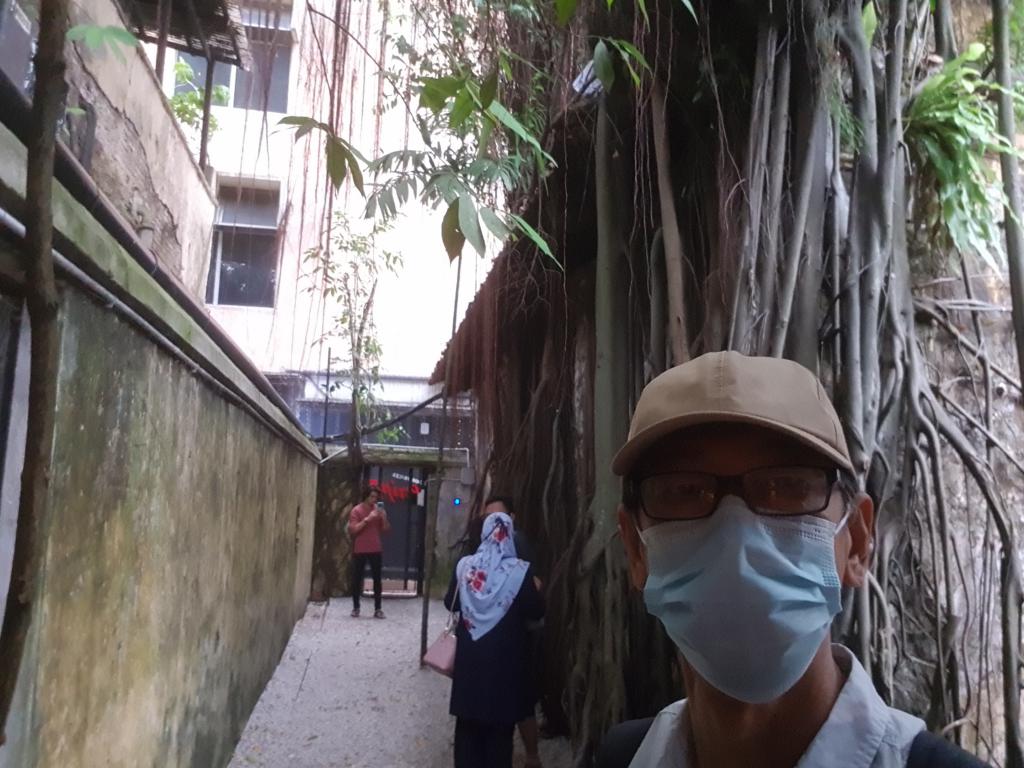
Selfie in novel restaurant 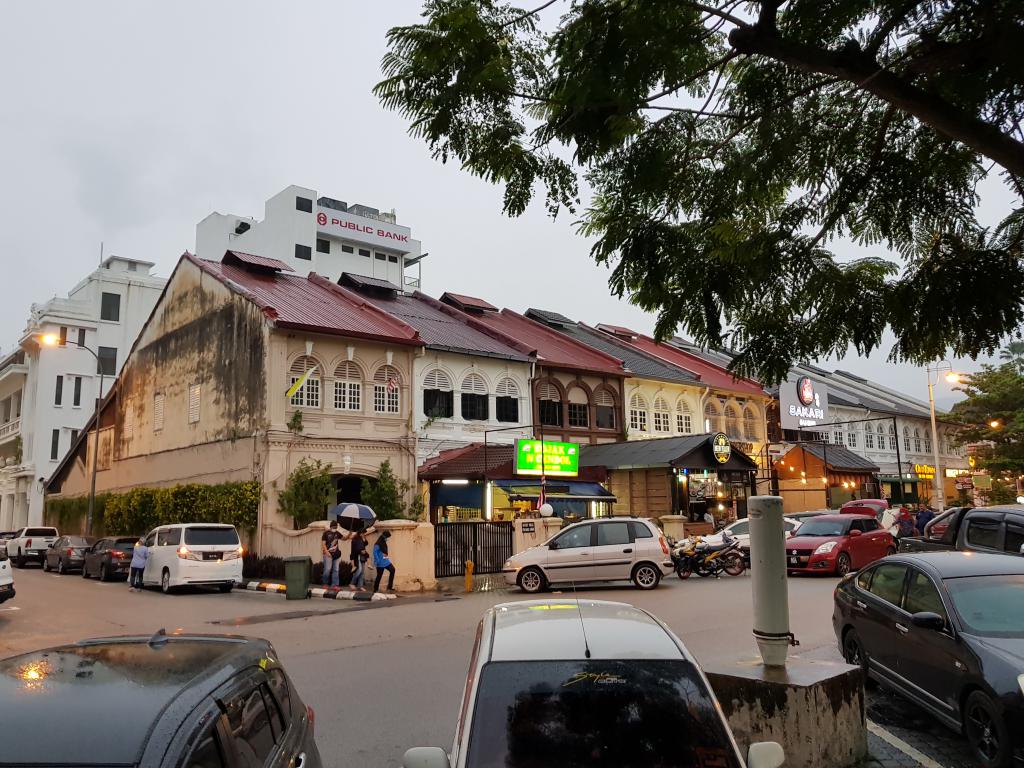
The old shop houses 老商铺